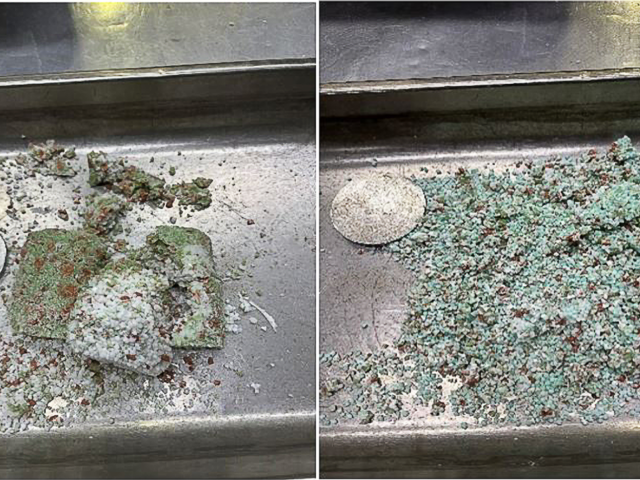
Reduce Clumping in Dry Fertilizer Blends With ESN
Humidity and warm temperatures can cause fertilizer blends to take on moisture over …
Values are average yield increase above a 0-N check and for three locations in Illinois (9 total site-years). Average check yield was 71.4 bu/acre. ESN treatments were surface broadcast with no incorporation at 100 lbs N/acre. Pre-plant, V3, and R1 yield increases are statistically significant. Source: Dr. F. Below, Univ. of Illinois.
A multi-year Illinois study demonstrates how ESN can increase yields in high-yield soybean production. ESN’s controlled N release can provide additional nitrogen to soybean plants during flowering and pod set without inhibiting N fixation by nodules, resulting in higher yields. ESN protects nitrogen (N) from loss inside its unique protective coating and supplies N to the crop when it is needed. The result is increased soybean yields and improved N-use efficiency.
Soybean plants need N throughout the growing season. Most N needed by the plant is produced, or fixed, in nodules on the roots. However, fixed N may not be sufficient for high-yield situations. By applying ESN sometime before flowering, additional N will be supplied during the peak demand period.
• In this Illinois study covering multiple locations over three years, ESN applied from at planting to before flowering increased soybean yields by an average of 4.3 bu/acre over the unfertilized check.
• Yield increase observed increases grower profit by almost $10/acre at recommended ESN rates.

| Attachment | Size |
|---|---|
| ESN Increases Yields in High-Yield Soybean Production | 255.35 kb |

Humidity and warm temperatures can cause fertilizer blends to take on moisture over …

Recent research in Idaho identified the effectiveness of ESN as the nitrogen source …

For an in-depth discussion on the various nitrogen loss mechanisms and how to …